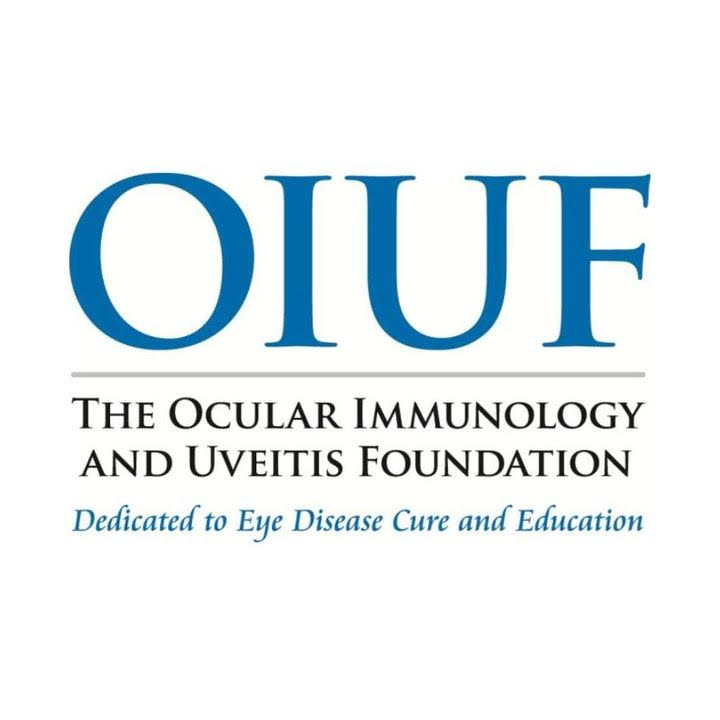Chemotherapy: Risks and Outcomes
C. Stephen Foster, M.D., F.A.C.S., F.A.C.R.
Inflammatory eye disease has blinded countless numbers of individuals during both ancient and modern times. And while most of such instances have occurred on the basis of infectious inflammation, not a trivial number of instances has occurred on the basis of autoimmune inflammation. A revolution in care of such patients occurred in 1950, with the introduction of corticosteroid therapy, both systemic and topical, for autoimmune inflammation, including ocular inflammation. Within a decade, however, it became clear that the chronic use of corticosteroids for patients with chronic autoimmune inflammatory eye disease resulted in unacceptable side effects, including cataract and glaucoma. Some pioneers, such as Frank Newell, Vernon Wong, James Gills, Richard O’Connor and others began to explore the risk/benefit ratio or equation of nonsteroidal immunomodulatory medication in the care of such individuals. Enormous progress has been made in this area since work of these early pioneers, and today ocular immunologists and other knowledgeable physicians acquainted with the proper use of immunosuppressive chemotherapeutic medications in the care of patients with progressive, blinding autoimmune inflammatory disease, routinely use this strategy to wonderful effect, preventing the blinding consequences that were occurring or would have otherwise obtained had such medications not been employed.
Regrettably, however, a substantial number of otherwise perfectly modern ophthalmologists are unaware of these advances, and, even worse, carry with them the “baggage” of “knowledge” of the terrible side effects of systemic immunosuppressive chemotherapy. They remember learning about secondary malignancy, secondary infection, bone marrow suppression, liver and kidney damage, and even death from their days in medical school, caring for patients or at least hearing about patients receiving chemotherapy for treatment of cancer, or receiving multiple immunomodulatory drugs following bone marrow transplantation or kidney or heart or lung transplantation.
What they do not realize is that dermatologists and rheumatologists have used low-dose, immunomodulatory therapy in their patients with severe psoriasis, with blistering dermatitis, and with rheumatoid arthritis for many years, with an excellent safety track record. The literature is replete with reports to this effect, and the reader of this addition to our Web Site is referred to such literature, referenced below. One example of the critical importance of increasing numbers of ophthalmologists approaching the idea of systemic immunomodulatory therapy of patients with chronic ocular inflammatory disease comes from the area of uveitis therapy.
Uveitis is the third leading cause of blindness in the United States. Further, and sadly, the prevalence of blindness secondary to uveitis has not been measurably reduced over the past 30 years. Those of us who deal with immunosuppressive chemotherapy of patients with ocular inflammatory disease at tertiary referral centers may enjoy an outstanding, successful track record in both ocular outcomes and systemic safety in these endeavors. But until increasing numbers of ophthalmologists come to the realization that this approach to treatment should be explored sooner rather than later in the care of patients with such diseases, the prevalence from blindness is not going to be measurably reduced beyond that which we see today.
REFERENCES
- 1. Tugwell P, Pincus T, Yocum D, et al: Combination Therapy with Cyclosporine and Methotrexate in Severe Rheumatoid Arthritis. The New England Journal of Medicine.333(3):137, 1995.
- 2. Wallace CA, Bleyer A, Sherry DD, et al: Toxicity and Serum Levels of Methotrexate in Children with Juvenile Rheumatoid Arthritis. Arthritis and Rheumatism. 32(6):677, 1989.
- 3. Dana MR, Merayo-Lloves J, Schaumberg D, et al: Visual Outcomes Prognosticators in Juvenile Rheumatoid Arthritis-associated Uveitis. Ophthalmology. 104(2):236, 1997.
- 4. Graham LD, Myones BL, Rivas-Chacon RF, et al: Morbidity associated with long-term methotrexate therapy in juvenile rheumatoid arthritis. The Journal of Pediatrics. 120(3):468, 1992.
- 5. Hemady RK, Baer JC, Foster CS. Immunosuppressive Drugs in the Management of Progressive Corticosteroid-Resistant Uveitis Associated with Juvenile Rheumatoid Arthritis. Controversies in Ophthalmology In: International Ophthalmology Clinics (Ed. Frederick A. Jakobiec, M.D.) Little Brown and Company, Boston, Massachusetts 32(3): Summer 1992.
- Singh G, Fries JF, Spitz P, et al: Toxic Effects of Azathioprine in Rheumatoid Arthritis. A National Post-Marketing Perspective. Arthritis and Rheumatism. 32(7):837, 1989.
- 7. Weinblatt ME, Coblyn JS, Fraser PA, et al: Cyclosporin A Treatment of Refractory Rheumatoid Arthritis. Arthritis and Rheumatism. 30(1):11, 1987.
- 8. Sandoval DM, Alarcon GS, Morgan SL. Adverse events in methotrexate-treated rheumatoid arthritis patients. British Journal of Ophthalmology. 34 Suppl 2:49, 1995.
- 9. Salach RH, Cash JM: Methotrexate: the emerging drug of choice for serious rheumatoid arthritis. Clinical Therapeutics. 16(6):912, 1994.
- 10. Shiroky JB. Combination sulfasalazine and methotrexate in the management of rheumatoid arthritis. Journal of Rheumatology. Supplement 44:69, 1996.
- 11. Petrazzuoli M, Rothe NJ, Grin-Jorgensen C, et al: Monitoring patients taking methotrexate for hepatoxicity. Does the standard of care match published guidelines?Journal of American Academy of Dermatology. 31(6):969, 1994.





